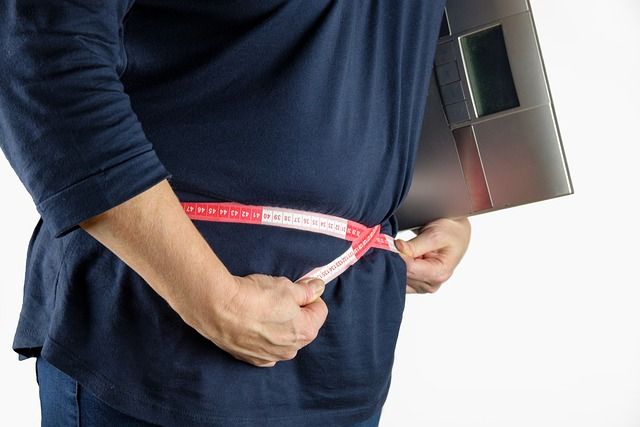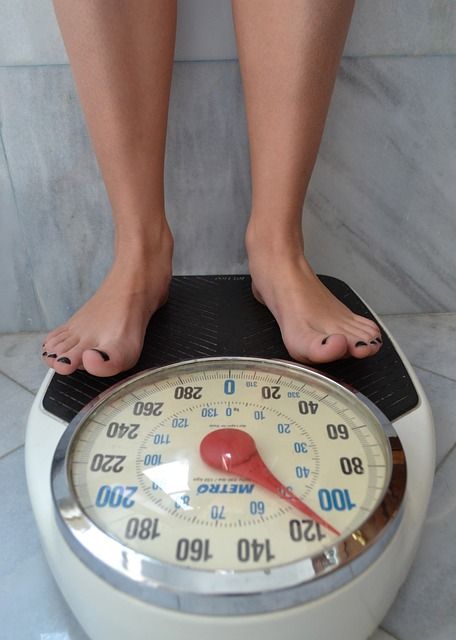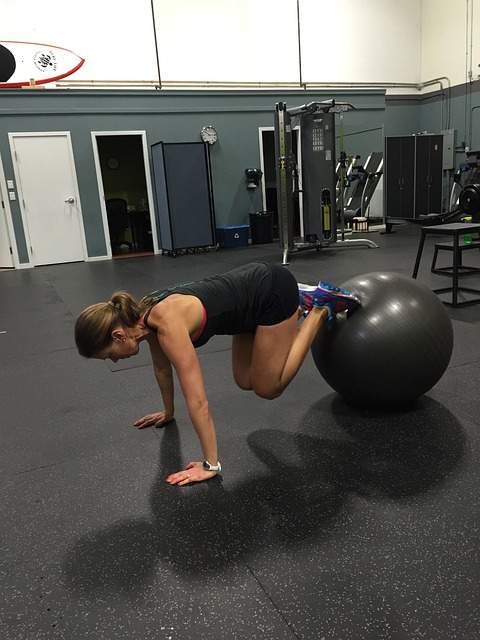The Ultimate Guide to a Slimmer Waistline on How to Lose Belly Fat – Level 1
Introduction
Welcome to the ultimate guide on how to lose belly fat and achieve a slimmer waistline. In addition to being an aesthetic issue, abdominal obesity poses a health risk. Research has shown that abdominal fat is associated with an increased risk of heart disease.
Type 2 diabetes, and certain types of cancer. Therefore, it’s crucial to take proactive steps to shed those extra pounds. And improve your overall well-being.
In this comprehensive article, we will explore effective strategies, actionable tips. And expert advice to help you on your journey towards a flatter stomach. From dietary modifications and targeted exercises to lifestyle changes. We will cover all aspects necessary to achieve your weight loss goals. So, let’s dive in and discover the secrets to losing belly fat.
Table of Contents

Understanding Belly Fat: What You Need to Know
How to Lose Belly Fat: The Basics
Healthy Eating Habits for Belly Fat Reduction
Effective Exercises to Target Belly Fat
The Role of Stress and Sleep in Belly Fat
How to Monitor Your Progress and Remain Motivated
Frequently Asked Questions
Can I spot-reduce belly fat through exercises?
Are there any specific foods that help in losing belly fat?
Is it necessary to do cardio exercises to lose belly fat?
Can stress contribute to belly fat?
How long does it take to get rid of tummy fat?
Are there any supplements that can help in losing belly fat?
Conclusion
Understanding Belly Fat: What You Need to Know
Before we delve into the specifics of losing belly fat, it’s essential to understand. What belly fat is and why it accumulates in the first place. The fat that surrounds important organs like the liver, pancreas.
And intestines in your abdominal cavity, commonly referred to as visceral fat or belly fat, is stored there. Unlike subcutaneous fat, which lies just beneath the skin, visceral fat poses a greater health risk.
Research has shown that excess belly fat is associated with insulin resistance, inflammation, and hormonal imbalances. It releases fatty acids into the bloodstream. Which can lead to elevated cholesterol levels and other metabolic complications.
Furthermore, belly fat is linked to an increased production of cortisol, the stress hormone. Which can further contribute to weight gain and hinder weight loss efforts.
How to Lose Belly Fat: The Basics

Now that we have a basic understanding of belly fat. Let’s explore the fundamental strategies to lose it effectively. Keep in mind that there is no quick fix or miracle drug to get rid of tummy fat. It requires a holistic approach that combines a healthy diet, regular physical activity, and lifestyle modifications.
Caloric Deficit: The Basis for Losing Weight
To lose belly fat, you need to create a caloric deficit. Which means consuming fewer calories than your body needs to maintain its current weight. Your body must draw energy from its fat reserves as a result of this deficit, which causes you to lose weight.
However, it’s essential to create a moderate deficit to ensure sustainable and healthy weight loss. Aim for a deficit of 500-1000 calories per day. Which translates to 1-2 pounds of weight loss per week.
Healthy Eating Habits: Fueling Your Weight Loss
Diet is essential for reducing belly fat. Adopting healthy eating habits not only helps you achieve a caloric deficit. But also provides essential nutrients for your overall well-being. Here are some tips to optimize your diet for belly fat reduction.
Include a variety of whole, unprocessed foods in your meals. Such as fruits, vegetables, lean proteins, whole grains, and healthy fats. These foods are nutrient-dense and keep you satisfied for longer, reducing the chances of overeating.
Limit your intake of refined carbohydrates, sugary beverages. And processed foods high in saturated and trans fats. These foods contribute to weight gain and promote belly fat accumulation.
Practice portion control and mindful eating. Listen to your body’s hunger and fullness cues, and avoid mindless snacking.
Water helps boost metabolism and aids in digestion.
Also Read : https://newsstories.in/the-comprehensive-guide-to-understanding-epidemiology-and-its-significance/
Targeted Exercises: Sculpting a Stronger Core

In addition to a healthy diet, incorporating targeted exercises can help tone. And strengthen your abdominal muscles, leading to a flatter stomach. While spot reduction is not possible.
These exercises will contribute to overall fat loss and improve your core strength. The following are some efficient activities to incorporate into your fitness regimen.
Planks: Place your forearms on the floor in the push-up posture. Hold this position for as long as you can while maintaining a straight line from head to toe.
Knees should be bent while lying flat on your back with your feet resting on the floor. Place your hands behind your head and lift your upper body towards your knees, engaging your abdominal muscles.
Russian twists: Kneel on the floor with your feet just slightly raised off the floor. Lean back slightly and rotate your body such that each side of your body touches the ground.
Lie on your back and lift your legs with your knees bent at a 90-degree angle while performing bicycle crunches. Alternate bringing your right elbow to your left knee and left elbow to your right knee, mimicking a bicycling motion.
Remember to combine these exercises with cardiovascular activities. Such as brisk walking, jogging, or cycling, to burn calories and enhance fat loss.
Healthy Eating Habits for Belly Fat Reduction

A crucial aspect of losing belly fat is adopting healthy eating habits that support your weight loss goals. Here are some dietary recommendations to help you shed those extra pounds.
Eat a High-Fiber Diet: Including plenty of fiber-rich foods in your meals can aid in weight loss and reduce belly fat. Fiber adds bulk to your diet, promoting feelings of fullness and reducing overall calorie intake. Fruits, vegetables, whole grains, legumes, and nuts are all excellent sources of fibre.
Choose Lean Protein: Incorporating lean protein sources in your diet helps build and maintain muscle mass. Which is important for a healthy metabolism. opt for skinless poultry, lean cuts of meat, fish, eggs, tofu, and legumes as excellent sources of protein.
Accept Healthy Fats: Not all fats are equal. Healthy fats, such as those found in avocados, nuts, seeds, olive oil. And fatty fish like salmon, provide essential nutrients and promote satiety. Including moderate amounts of healthy fats in your diet can help control hunger and prevent overeating.
Continue Remaining Details on Next Post
<< Previous Post
https://newsstories.in/burpees-exercise-a-comprehensive-guide-to-boost-your-fitness/
>> Next Post
https://newsstories.in/the-ultimate-guide-to-a-slimmer-waistline-on-how-to-lose-belly-fat-level-2/




